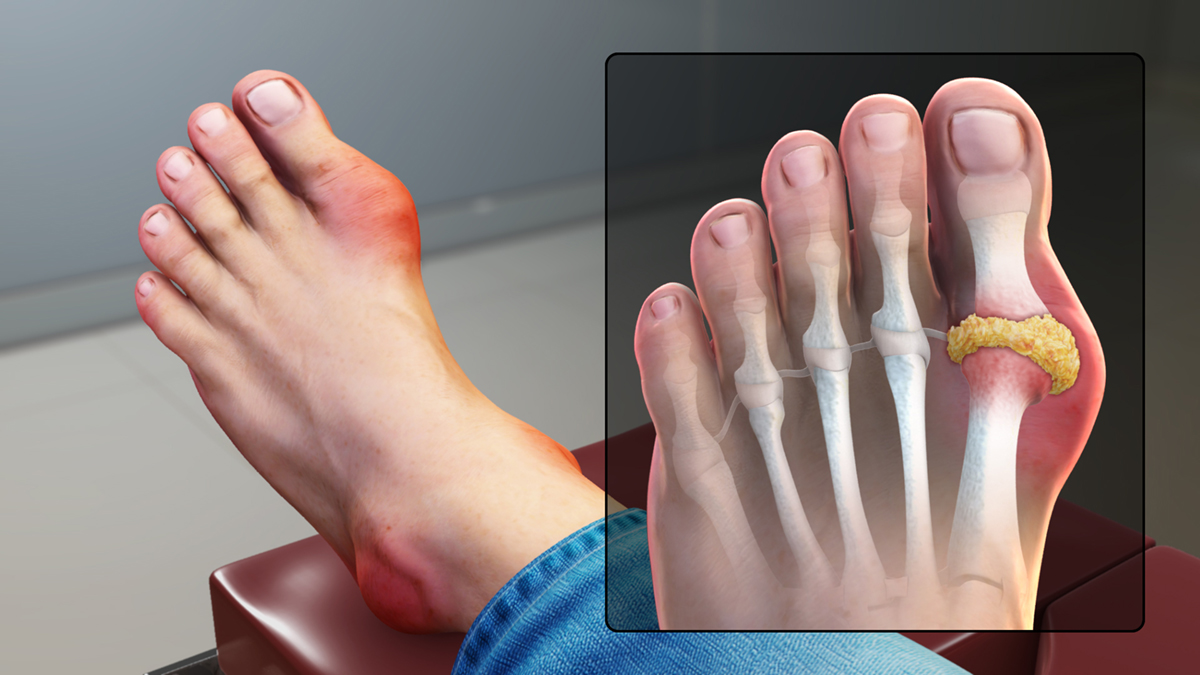
Overview
Joint pain can be characterized as a fairly common health condition and it may be triggered by numerous different causes. The most common causes of the joint pain include sprains or different types of injuries but it can also be caused by numerous underlying medical conditions like rheumatoid arthritis or osteoarthritis. Other common causes may include tumors located on the joint or several different types of infections. This condition is medically referred to as arthralgia and it can commonly affect one or more joints at the same time. The condition is commonly accompanied by severe pain and discomfort which may affect the quality of the patient’s life in general.
Symptoms and Causes
The symptoms of this condition are usually different, depending on its cause. The aforementioned underlying medical condition usually cause arthralgia characterized by stiff, swollen, aching and warm joints. Inflammation usually occurs in most cases as well. Such symptoms are good indicators of certain types of joint infections. Other common symptoms may include redness, and restricted mobility of the joints. Sometimes it cannot be determined whether the pain comes from the joint, the tendon, the ligament or the tissues that surround the affected area. Severe conditions require immediate medical attention.
Some believe that joint pain may be the cause of the process of aging but that is not always the case. Joint pain can be caused by common wearing and tearing but certain severe medical conditions can also cause the joint to become stiff. Bone spurs may start to grow and the joint cartilage may get degenerated as well. Other rarer causes of joint pain may include gout, numerous bone diseases and different metabolic disorders.
Diagnosis and Treatment
It is at times very hard to differentiate signs and symptoms of joint pain from the symptoms of some other underlying medical conditions because they are extremely similar. In order to diagnose the ailment properly, the doctor needs to run a detailed physical examination of the patient which may involve laboratory tests, CT scans and X-ray scans. Some cases require arthroscopy as well.
A common treatment routine involves plenty of resting, massages, baths, stretching exercises and anti-inflammatory medicament in order to relieve the symptoms efficiently. A patient can also opt for a rehabilitation program that can be individually suited to the patient’s needs by a well trained physiotherapist. The program usually involves massages and different types of exercises under constant supervision. Certain nutritional supplements can also be of great help. The most severe cases can only be healed by surgery.






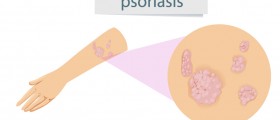



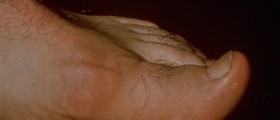
-Symptoms,-Diagnosis,-Treatment_f_280x120.jpg)
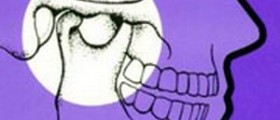

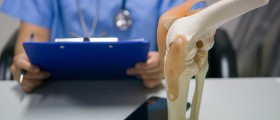


Your thoughts on this
Loading...